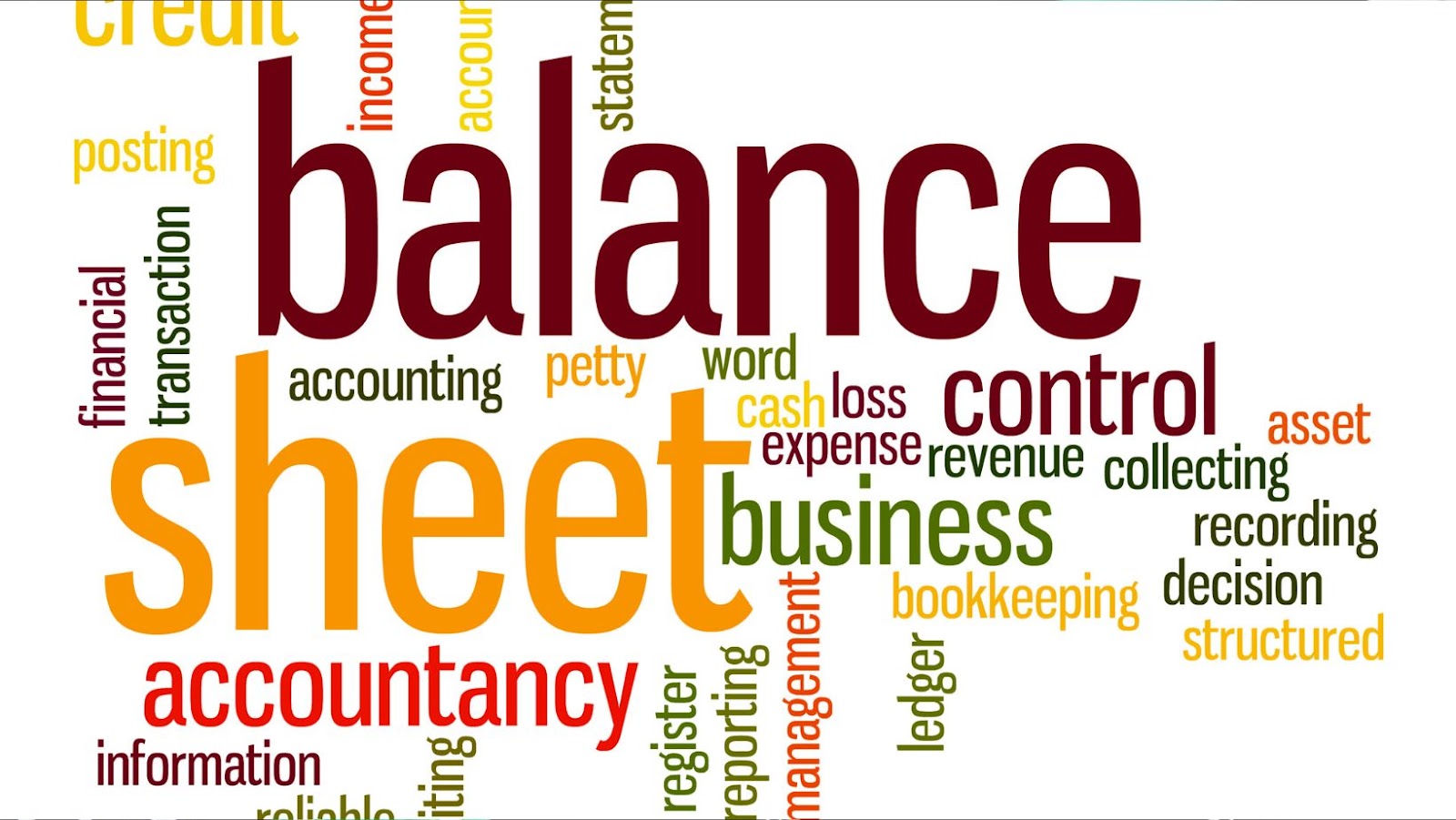 Mastering Your Business Small Balance Sheet: Key Components and Guidelines
Mastering Your Business Small Balance Sheet: Key Components and Guidelines
Small Business Balance Sheet
A small business balance sheet is a crucial financial document that provides a snapshot of the company’s financial position at a specific moment. It displays the assets, liabilities, and equity of the business, enabling owners to assess their financial health accurately.
A balance sheet is a financial statement that summarizes a company’s assets, liabilities, and equity at a particular point in time. It provides a clear overview of what the business owns (assets), what it owes (liabilities), and the difference between the two, known as equity.
The essential components of a balance sheet include:
- Assets: These are what the company owns and can include cash, inventory, equipment, and accounts receivable.
- Liabilities: These represent what the company owes, such as loans, accounts payable, and other obligations.
- Equity: Equity is the difference between assets and liabilities, reflecting the owners’ stake in the business.
Understanding these components is vital for small business owners to make informed decisions, assess financial stability, and communicate effectively with investors and stakeholders.
 Importance of Balance Sheets for Small Businesses
Importance of Balance Sheets for Small Businesses
A Small Business Balance Sheet holds significant importance for business owners as it provides a clear overview of the company’s financial status at a specific moment. Here are two key aspects that highlight the value of balance sheets for small businesses:
By regularly reviewing the balance sheet, small business owners can monitor their financial health effectively. It enables them to track changes in assets, liabilities, and equity over time, offering valuable insights into the company’s financial stability and performance. This monitoring helps in identifying trends, evaluating the impact of financial decisions, and ensuring the business is on the right track towards its financial goals.
Balance sheets play a crucial role in financial planning for small businesses. They help in forecasting future financial needs, setting realistic financial objectives, and making informed business decisions. Understanding the components of the balance sheet empowers entrepreneurs to allocate resources efficiently, manage cash flow effectively, and plan for long-term sustainability. By utilizing the information from the balance sheet, small business owners can develop comprehensive financial strategies to support the growth and success of their ventures.
 Steps to Create a Small Business Balance Sheet
Steps to Create a Small Business Balance Sheet
To craft a small business balance sheet, follow these essential steps:
Enumerate all assets owned by the business. These may include cash, accounts receivable, inventory, and property. Totaling the value of assets provides a clear picture of the business’s worth.
Detail all liabilities the business owes, such as loans, accounts payable, or accrued expenses. Summing up the liabilities reveals the company’s financial obligations.
Calculate the shareholder’s equity by subtracting total liabilities from total assets. This figure represents the portion of the business owned by the shareholders and indicates the company’s net worth.
 Common Mistakes to Avoid in Balance Sheets
Common Mistakes to Avoid in Balance Sheets
Small business owners must pay attention to avoid common mistakes that can impact the accuracy and effectiveness of their balance sheets. Heeding the following guidelines can help ensure the financial health of their enterprises.
Neglecting to record small transactions might seem inconsequential, but these amounts can add up and affect the overall balance sheet. It’s vital to document every financial transaction accurately, regardless of its size, to maintain the integrity of the balance sheet.
Misclassifying assets and liabilities can distort the true financial position of a small business. It’s crucial to categorize items correctly to present a faithful representation of the company’s financial status. An error in classification can lead to misinformed decisions and financial mismanagement.
Understanding the ins and outs of a small business balance sheet is crucial for entrepreneurs looking to steer their companies towards financial success. By dissecting the components and grasping the significance of assets, liabilities, and equity, business owners can gain valuable insights into their financial standing. This knowledge equips them to make informed decisions, manage resources effectively, and pave the way for sustainable growth. Avoiding common pitfalls in balance sheet preparation ensures accurate financial assessments and aids in developing robust strategies for the long haul.